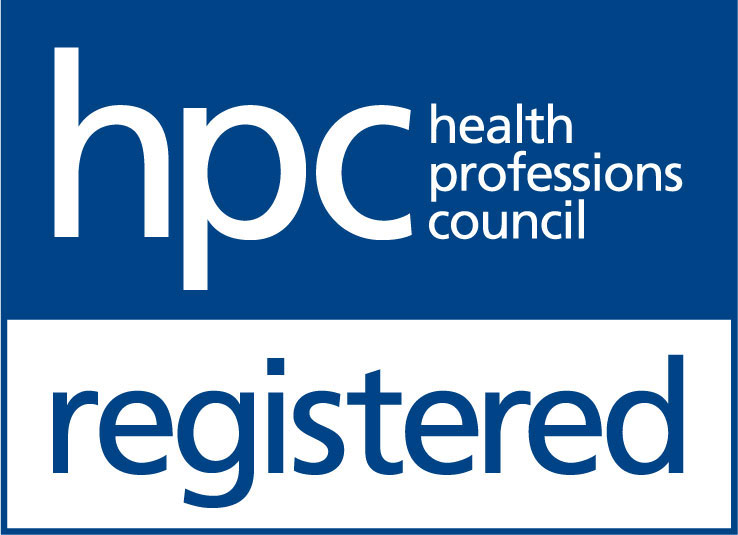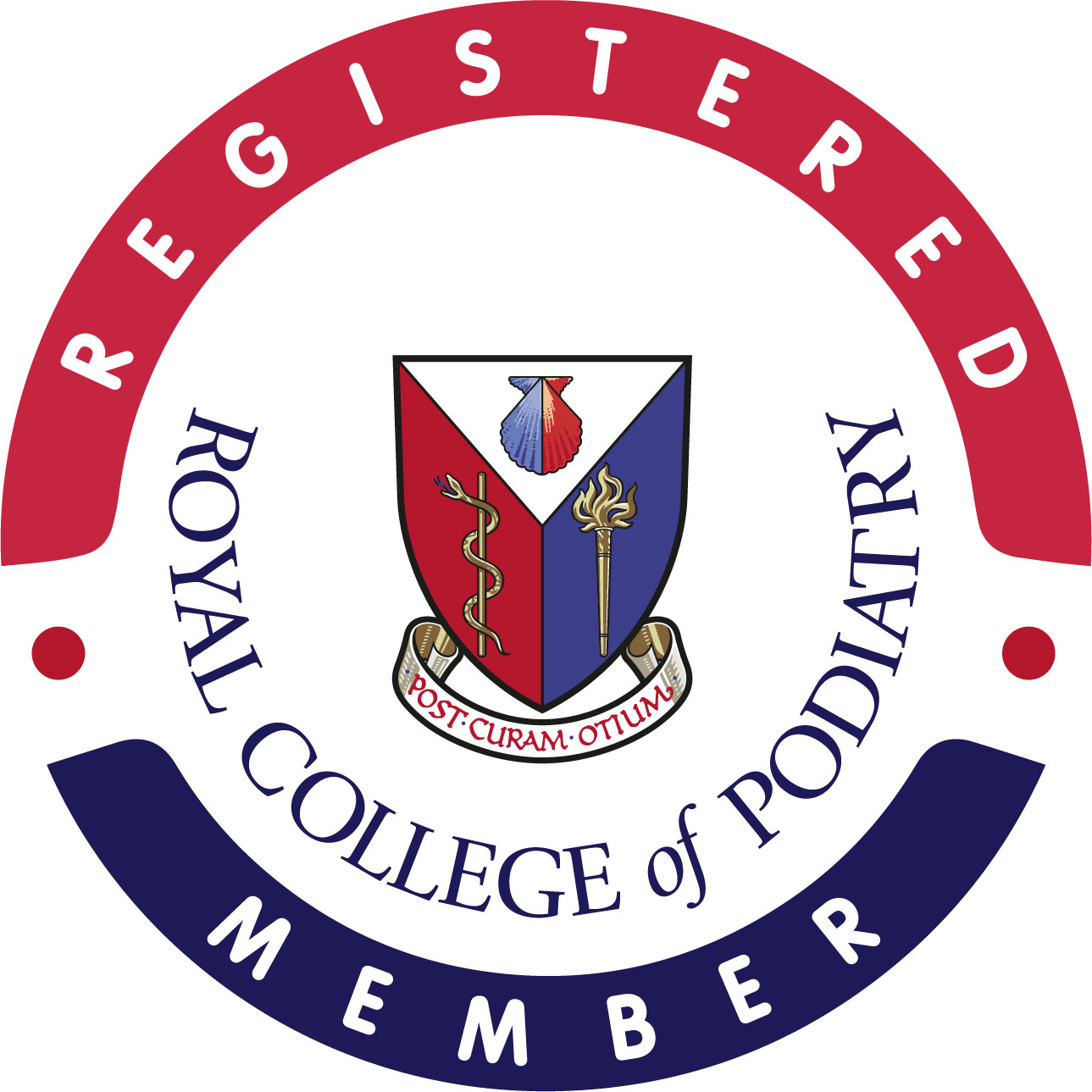Relieve heel pain with effective treatment
Heel pain is the general term given to pain experienced in the back, bottom and / or rear of your foot. It is usually a result of an issue elsewhere within the foot. There are many causes of heel pain, with the most common being bursitis, blisters, neuroma, plantar fasciitis, leg length difference, tendon tears or ruptures, muscle inflammation, growing pains, and achilles tendinitis.
Book an appointment









